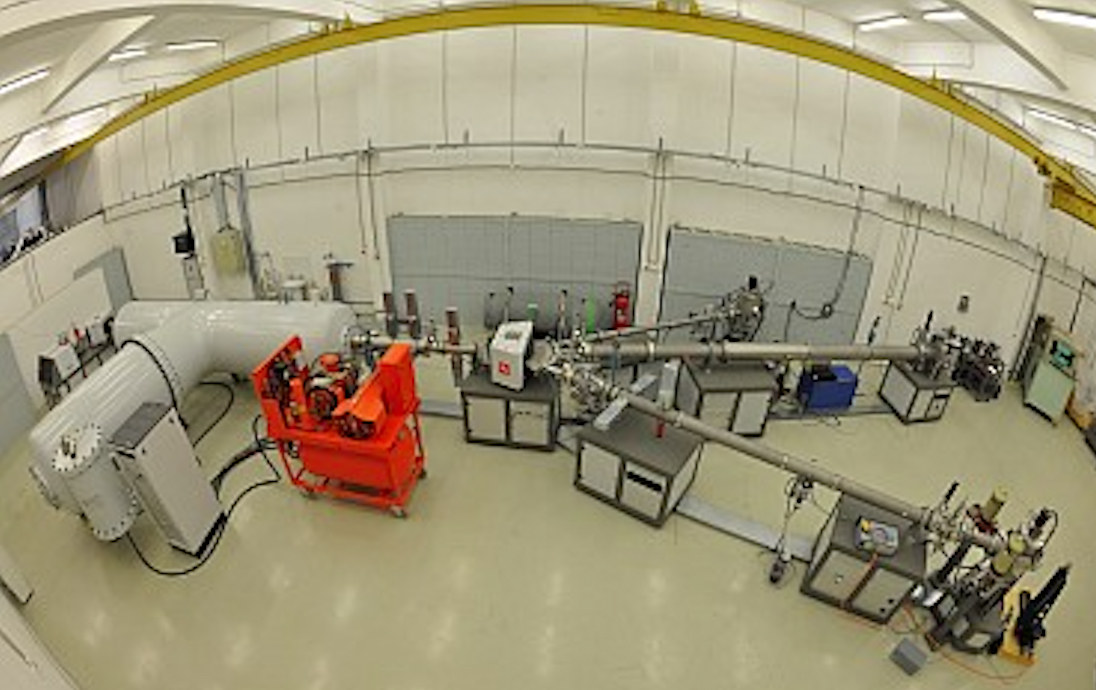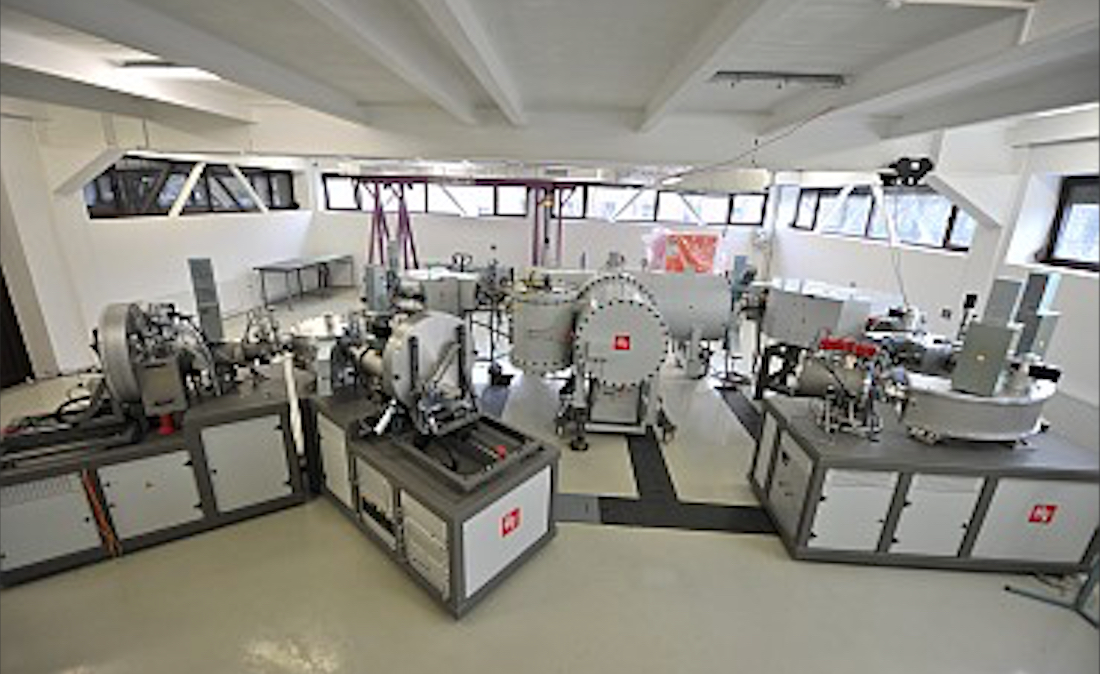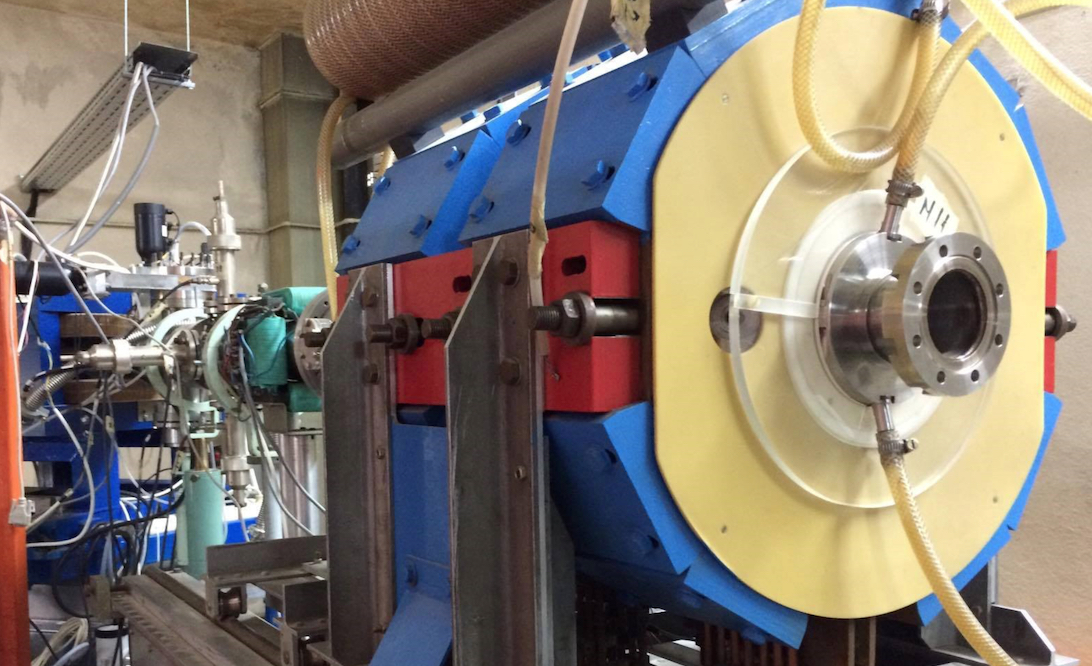TR-19 Cyclotron
The TR-19 Cyclotron, built by Advanced Cyclotron Systems Inc. Vancouver, Canada, is a versatile, fully automated device that vertically accelerates negative ions (H-) from an external source to an energy of 14-19 MeV. (variable). TR-19 is equipped with two proton extraction ports by stripping hydrogen ions of pyrolytic carbon sheets, which can operate simultaneously, providing the proton beam with a total current up to 300 μA. With a double irradiation capacity TR19 can provide the necessary medical radioisotopes for PET (Positron Emission Tomography) at national level, while maintaining the potential for further development. With the help of this accelerator 15 Ci of 18F / hour of irradiation can be obtained; simultaneous dual irradiation and a wide range of radioisotopes for PET imaging (18F, 11C, 15O, 13N, 124I, 64Cu, etc.).



